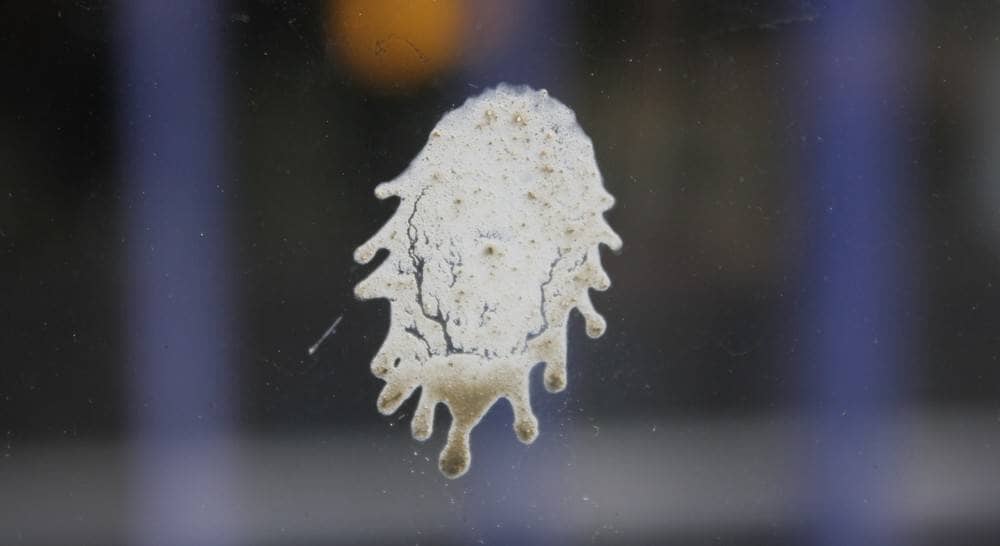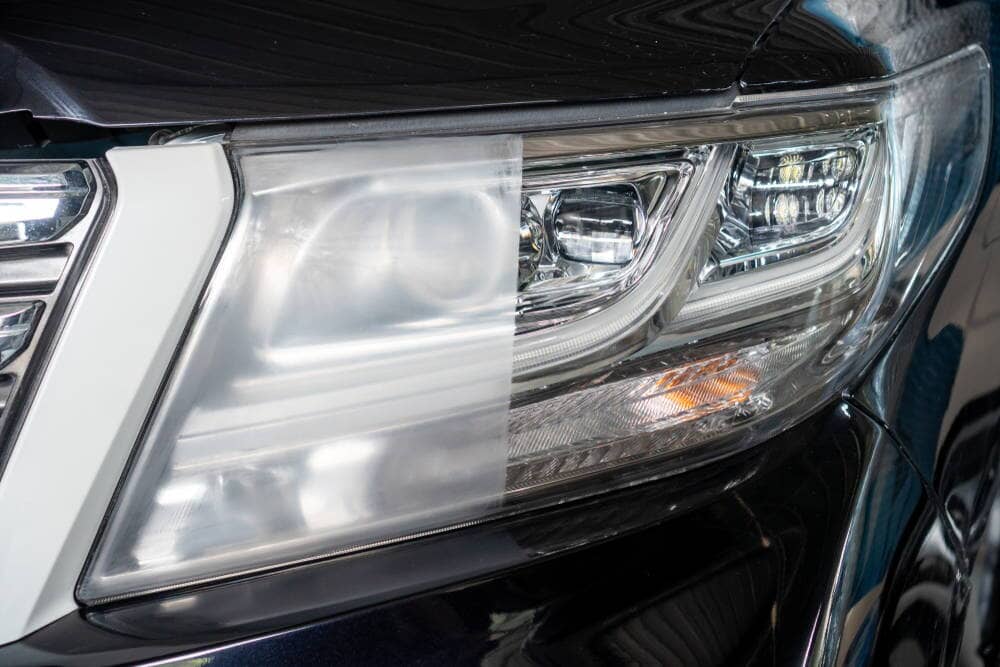The wildfires could be miles away from your home, but damage can be seen as close as your driveway! Thousands of people are walking outside to dark skies and vehicles covered in layers of wildfire ash. This ash is not only difficult to remove, it can also be detrimental to your vehicle's delicate surfaces.
Torque Detail automotive detailing expert, Zaia Dinkha talked with several prominent automotive detailers from California to learn the safest and most effective ways of dealing with wildfire ash. Below are his findings.
Expert Opinions Provided By Zaia Dinkha
Lead Writer at Torque Detail
Zaia is the founder of CarNewba Detailing, a premium detailer shop based out of Arizona. Trained by world renowned detailers, Zaia has over 6 years worth of experience and 12+ detailing certifications ranging from the International Detailing Association CD & SV to all 6 Detailing Success Certifications.
Will Wildfire Ash Damage Your Car?
Wildfire ash is a double whammy, it’s very abrasive in its dry form and if left on your vehicle while in use, it will in time start abrading your painted surfaces causing damage. The second and biggest issue is when ash meets water, it can chemically transform into Lye. Lye—yes, the same base ingredient of soap—is an extremely caustic agent that can and will eat away at your vehicle's paint if left alone.
Equipment-Free Ash Removing Methods
Many drivers, such as those who live in apartments, may not have the luxuries of an air compressor or even a basic garden hose. Well, here are some tips to get by.
If you absolutely cannot do anything, leave the car alone as long as it is dry. If it gets wet—or if you try to do a basic water-only rinse—you risk the ash getting wet, creating lye, and damaging your paint.
For Individuals who don't have some of the special equipment listed below there is still hope! Rather than using a leaf blower, a pressure washer, and a foam cannon, just rinse off as much ash from the vehicle as possible prior to beginning the two bucket wash process. We also recommend flushing the used water in your wash buckets and get fresh water after a few panels. This will insure your working clean and not moving ash around the vehicle. Take your time during the rinse process to remove all visible ash before using a traditional wash mitt / towel on your vehicle.
Bringing Your Vehicle to a Detailer
Another option for those who do not have access to special equipment is to bring your car to a detailer and request a car wash, decontamination, and the application of a sealant or ceramic coating to provide a basic layer of protection.
Avoid car washes. Even under normal circumstances they are more abrasive than hand washing. One option is to go to a self wash where you are in charge of spraying your vehicle.
The SAFEST & Most Effective Ash Removal Method
There are many articles and videos trying to show how to safely remove wildfire ash from cars, but most are missing some very key steps! We spoke to professional detailers across multiple areas dealing with these wildfire issues first hand and put together a step by step process on how to safely remove wildfire ash from your vehicle. The biggest take away from professionals is to remove as much ash from the vehicle as possible prior to physically touching the vehicle with a wash mitt.
Recommended Materials:
- Air compressor or Leaf Blower
- Pressure washer (or garden hose with "jet" nozzle)
- Foam cannon
- 2 wash buckets
- Car Soap
- Wash Mitt
- Microfiber Drying Towel
Step 1) Blow your car off with pressurized air
Using pressurized air from an air compressor or a leaf blower, blow as much ash off of your vehicle as possible. The goal is to minimize the amount of ash and potential lye in a non abrasive way.
Step 2) Use a Pressure washer or garden hose
Using a pressure washer or the strongest stream on your garden hose, rinse as much ash off of your vehicle as possible. This will help push off more ash, allowing a more gentle and less abrasive wash process.
Step 3) Use a Foam Cannon to suds up the vehicle and soften ash
A foam cannon is a device that uses pressurized air from your air compressor, car soap, and water. It allows you to quickly spray soap onto your vehicle without any abrasion. (such as if you did this by hand with a sponge/mitt.)
Foam down your car including your wheels and tires, the foam will continue to soften the ash and help you push off more prior to touching the vehicle with a wash mitt. After foaming the vehicle immediately rinse off your car including your wheels. If you still have a heavy layer of debris foam your vehicle, repeat this step once more before step 4.
Step 4) The Two Bucket Wash Method
Using two buckets, dedicate one for your car soap solution and the other to rinse out the ash from your wash mitt. This will keep you wash mitt clean helping you remove the debris rather than pushing it around the vehicle. Start at the top of the vehicle washing in straight line motions and work your way down rinsing your wash mitt panel by panel. Also make sure to open your doors and wash in between door jambs, ash and lye can hide and settle in those areas accusing permanent damage. After finishing your paint and glass you can use the left over soapy water and a detailing brush to clean your rims and tires.
Step 5) The Rinse Process
Using a pressure washer or a garden hose, rinse off as much residue as possible. Remember to get in between trim pieces, door jambs, emblems, and panel gaps where left over ash and lye can hide. If you still have leftover ash and lye repeat steps 4 and 5 until your car is completely clean.
Step 6) Dry off the vehicle with a microfiber towel
Using a quality microfiber towel dry off your vehicle. This is also a great time to inspect the vehicle making sure you didn't miss any spots.
Additional Tips:
- Have a car cover? Do not cover an ash covered car. It can cause scratches and trap moisture. You may still use a car cover on a freshly cleaned vehicle without any ash.
- If there is no official car cover for your make and model vehicle, a basic car canopy purchased at a store such as Harbor Freight can cost as little as $100. While it will not last a long time, it will last you throughout the fires. Look for one that is fully enclosed for best results.
- Our method described above involved no physical contact (ie. you wiping your vehicle with your cloth.) Do not wipe an ash covered vehicle off as it will cause scratches.
Summary:
Our step by step process is used by professionals across the country, so you have peace of mind your car can be cleaned safely. After your car is clean try to keep it in the garage or a covered area to avoid any more ash from wildfires. Also applying some form of protection like a sealant or ceramic coating is a great step to protecting your now clean vehicle.
Protect Your Paint! "I didn't want to apply a full-on ceramic coating to my car (and didn't want to pay a pro to do it), so I thought I'd try this spray-on solution. All I can say is Holy Smokes! It reflects like glass and repels water like it's a job! So far I love it." - Ramsey H.







